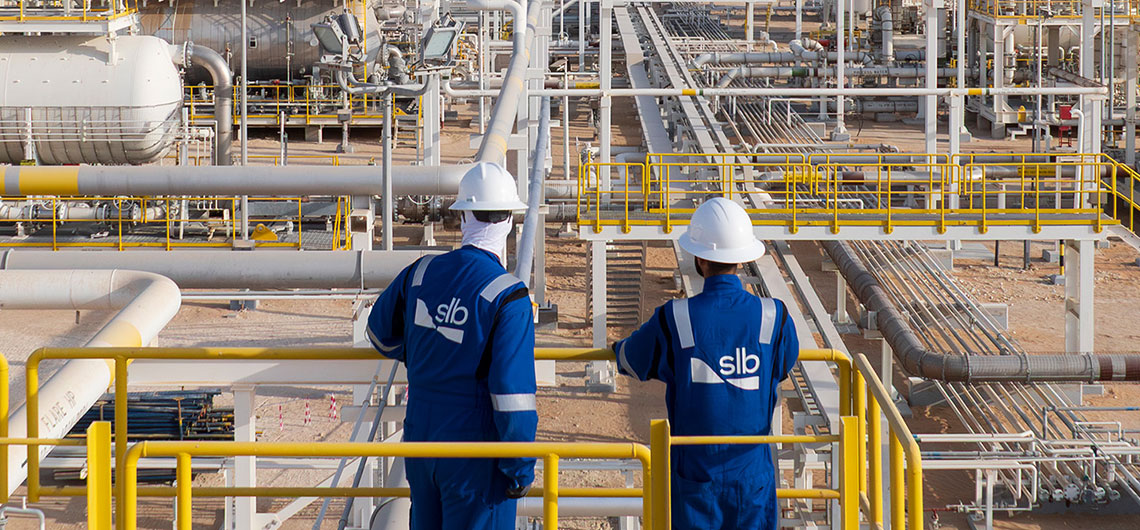Produce better-quality drilling programs in minutes.
From planning to production: ensuring your well delivers on its promise
Published: 11/05/2025

From planning to production: ensuring your well delivers on its promise
Published: 11/05/2025

From planning to production: ensuring your well delivers on its promise
In drilling, success isn’t just measured by reaching the target depth or shaving days off the plan. True success is delivering wells that perform. This means meeting production promises, delivering sustained flow over time, and minimizing costly interventions. Yet too often, the connection between planning, execution, and production is overlooked.
Read on to learn how smarter planning and execution, powered by digital tools, can ensure your well delivers on its promise.
What is the production promise?
Every well is drilled with a purpose, whether exploration, appraisal, production, or otherwise. For production wells, the expectation is clear: deliver a specific flow rate, optimize reservoir drainage, maximize the recovery factor, and sustain output over the well’s life.
This promise is built on a foundation of subsurface models, reservoir simulations, and completion designs. However, its success hinges on one critical factor, the quality of the well design and its execution.

Common planning pitfalls undermining production performance
Even minor missteps during the planning and execution phases can lead to significant production losses. With some challenges being particularly common:
- Restricted flow capacity: Stuck pipe or fluid losses forcing a change in casing design can reduce hole size, restricting completion options and limiting flow capacity.
- Formation damage: Poor fluid design or inadequate mud systems may cause formation damage, increasing skin and reducing permeability and choking production.
- Missed reservoir sweet spots: Errors in geo-steering can result in drastically lowering net-to-gross contact with the reservoir.
- Mechanical failures: If the wellbore isn’t clean or straight, it may prevent fragile sand screens or long liners from reaching target depth, compromising zonal isolation and flow efficiency.
These issues can quickly translate into huge financial consequences. A well producing 3,000 barrels per day less than expected at USD 60 per barrel loses USD 180,000 daily, amounting to a total loss of USD 65.7 million over the course of a year.
Breaking down silos: how digital tools bridge the gap
Modern digital technologies, like DrillPlan™ coherent planning and engineering solutions empower engineers to create more effective designs, by integrating data from a wide array of sources, leveraging workflow automation, and offering real-time feedback on designs. Engineers can quickly test multiple scenarios, such as varying trajectories or completion strategies, to identify the optimal approach for production goals. Seamless integration with tools like Petrel™ subsurface software ensures alignment between subsurface data and well design, reducing risks like missing reservoir sweet spots.
Once execution starts, DrillPlan solutions enable rapid engineering iterations, to assess the impact of ongoing well operations on the execution of the overall design. Real-time data, accessed through the WITSML server in DrillOps™ intelligent well delivery and insights solutions, enables the engineering validation to be instantaneously updated and re-run based on the well as-drilled. With over 100 automated validations, DrillPlan solutions ensure that any changes are thoroughly analyzed, and potential concerns are flagged through the automated engineering analysis (AEA). These early warnings help identify potential challenges, such as issues running production liners or completions, so operators can take proactive measures to mitigate risks.
How to turn smart planning into production success
Even the most well-engineered plans can fail to deliver on expectations without precise execution. Precision in execution is not just reaching the target on time; it’s about ensuring each operational step and decision is made with the end goal of production in mind. This means closely adhering to the planned trajectory to ensure the selected completion option is runnable and reservoir contact is maximized, optimizing parameters to manage tortuosity, and maintaining safe operating envelopes to minimize reservoir damage. When each detail is executed with production in mind, variables can be controlled earlier, leading to better long term outcomes for the well.
Digital tools are increasingly key to ensuring best-case outcomes are achieved. Tools such as DrillOps automation and Neuro™ autonomous directional drilling offer machine-precise operations, minimizing deviations which could compromise the integrity of the design and put production expectations in jeopardy. Their edge-based engineering models also autonomously monitor in real-time to identify risks like stuck pipe or hole instability, automatically mitigating before an event escalates. Early identification and resolution of these issues helps operators prevent disruptions, minimize non-productive time, avoid unnecessary trips, ensuring the wellbore remains exposed for the shortest time possible and resulting in a better production outcome.
DrillOps predictive analytics enhances production-focused execution by equipping real-time operations center personnel with a advanced tools to monitor operations, from both a plan adherence and risk mitigation perspective. These tools enable teams to identify potential issues early and take corrective action or initiate key decisions before irreversible events occur, ensuring the well remains on track to meet production objectives. This proactive approach ensure operators can maintain a sharp focus on production throughout execution, aligning all stakeholders to achieve optimal post-operation outcomes.
The bottom line
In the pursuit of operational efficiency, it’s tempting to prioritize speed and cost savings, but delivering a well as quickly as possible doesn’t always equate to delivering the best production outcomes. True success lies in ensuring that every decision, from planning to execution, is made with the end goal of sustained production in mind. By leveraging advanced digital tools and adopting a production-focused mindset, operators can bridge the gap between planning and execution, mitigate risks, and maximize the long-term value of their wells. Ultimately, prioritizing quality, precision, and proactive decision-making over speed paves the way for wells that consistently deliver on their production promises.

